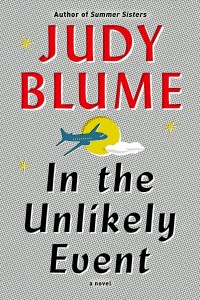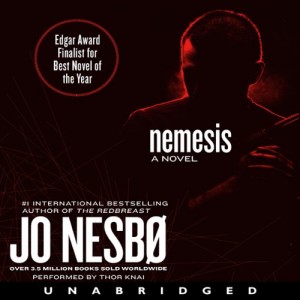And here’s the books I’ve read since my last reading update.

Sundown Towns by James Loewen
James Loewen is the well-known author of Lies My Teacher Told Me which is an excellent primer on the portions of history that aren’t really covered in school. Sundown Towns is his treatment of the practice of counties, towns, and suburbs that intentionally excluded blacks and other non-whites from living within their boundaries. Such towns popularly had signs at the city limits that stated things like “No niggers after sundown!”, hence the term.
I listened to the audio version of the book. I’ve found that in audio form, repetition in a book is really drilled into my brain. In a work of fiction, repeated story tics become extremely apparent and are distracting. In a book like Sundown Towns the sheer number of examples of sundown practices is a flood in my brain. I didn’t think about much else for the duration.
And Loewen’s examples in the book alone become a litany. The conception I, a suburban-educated middle-aged white guy, had was that they were ugly but not particularly common. The best examples Loewen has litter Illinois and Indiana to the point that non-exclusionary towns were in the minority in those states. In addition, descriptions of the practices themselves make me think that the North’s sundown towns were far more racist than the South’s Jim Crow laws. That’s an outside assessment by a white dude after reading this book, so I don’t think it holds a lot of weight. But I think it’s clear that us northerners can’t be smug about the South being the racist part of the country, which I often have been.
My criticism of the book is mostly that a lot of the book is based off hearsay and oral tradition. As far as a broad survey that this book is means that it doesn’t affect the conclusions on a broad basis. That there’s an oral tradition of a place being sundown is part of sundown practice itself. But when I am concerned about a specific place and the practices there, hearsay leaves a lot to be desired. I am very interested in specific places where my family is from. More than one is mentioned in the book, and I wanted to know way more than what oral tradition could pass on.
The Dark Tower: The Gunslinger by Stephen King
My ebook reader told me I was 56% of the way into this book at the point I gave up. In theory, mixing epic fantasy with Westerns should delight me, but in practice I was bored despite giving it a go. Roland Deschain is the gunslinger in a desert landscape, possessing some wizard like powers, chasing after a mysterious man in black. Why? We don’t know. Sometimes mysterious means my interest is piqued to find out more, but in this case it meant I couldn’t bring myself to care about one-dimensional mystery characters.
Skipping a Beat by Sarah Pekkanen
A rich woman’s rich husband has a heart attack and spends some time clinically dead. On revival, he has realized that his distant workaholic ways can’t go on, so he resigns from the company he founded and starts giving away all his wealth, vowing to pay his wife the attention he should have over the years. Rich woman doesn’t take too kindly to this, as she views the wealth as her payment for putting up with rich dude’s years of neglect. Will they reconcile? Will things get really ugly? Engaging enough that I wanted to find out what happened, but I didn’t like either main character and mostly wished ugly things would happen to them. Minor spoiler that this is a redemption story, though not in the way I thought it might be. Still, I would have preferred ugly things happen to the characters.
Libriomancer by Jim C. Hines
Another fantasy book. It came highly recommended by a friend of mine. I also have followed Hines’ blog for many years and I really like that. However, it’s the first time I’ve tried to read a story of his. Libriomancers are basically wizards who have the power to turns what happens on the pages of a book into something in real life. Need a ray gun? Find old science fiction and go through the proper magical steps and it’s yours for a time. Of course there are opposing factions fighting a magical war. We need some sort of conflict in order to have a book, but this was so cookie cutter. Too much as-you-know-Bob. Too breezy. I gave up very quickly. I might try Hines’ work again some time, because I want to like his books because I love his blog. But I’m not hopeful.



